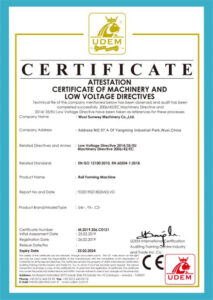রোলার মেশিন are essential tools in various industries, including manufacturing, construction, and agriculture. They are used to compact soil, concrete, and asphalt, among other materials, making them vital for creating a sturdy and stable foundation. However, the price of roller machines fluctuates frequently, which can make it difficult for businesses to plan their purchases and budget accordingly. Understanding the market dynamics that drive these price changes is crucial for anyone involved in the industry. In this post, we will explore the factors that influence roller machine prices, the balance of roller machine price and quality, roller machine price trends in future, and how to find the best deals. So, let’s dive in and gain a deeper understanding of the roller machine market dynamics.
What Is A Roll Forming Machine?
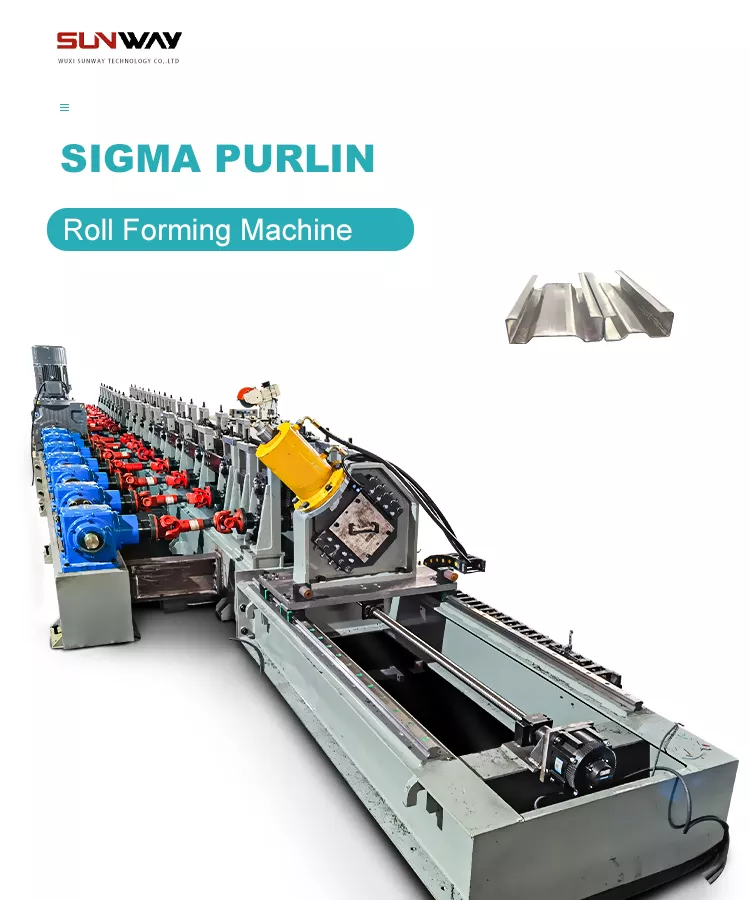
ক রোল গঠনের মেশিন এক ধরণের মেশিন যা রোলারের একটি সিরিজের মাধ্যমে ধাতুর একটি শীট পাস করে ধাতব শীট তৈরি করতে ব্যবহৃত হয়। মেশিনের রোলারগুলি তাদের মধ্য দিয়ে যাওয়ার সাথে সাথে ধাতুটিকে পছন্দসই আকার দেয়। যে গতিতে ধাতুটি রোলারগুলির মধ্য দিয়ে যায়, সেইসাথে ধাতুতে যে চাপ প্রয়োগ করা হয় তা বিভিন্ন আকার এবং বেধ তৈরি করতে নিয়ন্ত্রণ করা যায়।
রোল ফর্মিং মেশিনগুলি সাধারণত ছাদ প্যানেল, নর্দমা এবং জানালা এবং দরজাগুলির জন্য ফ্রেমিংয়ের মতো পণ্য তৈরি করতে ব্যবহৃত হয়। এগুলি যন্ত্রপাতি বা যানবাহনের জন্য কাস্টম অংশ তৈরি করতেও ব্যবহার করা যেতে পারে। রোল ফর্মিং মেশিন তাদের আকার এবং ক্ষমতার উপর নির্ভর করে দামে পরিবর্তিত হয়।
Importance of understanding the market dynamics for pricing
-
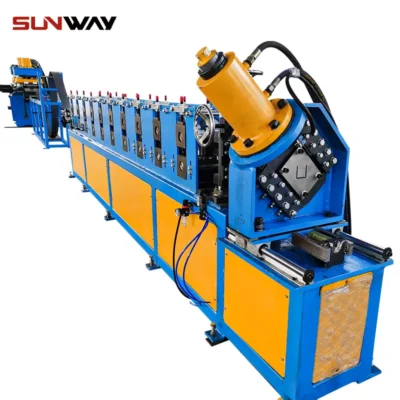 বৈদ্যুতিক মন্ত্রিসভা ফ্রেম রোল গঠনের মেশিন
বৈদ্যুতিক মন্ত্রিসভা ফ্রেম রোল গঠনের মেশিন -
 দিন রেল রোল ফর্মিং মেশিন
দিন রেল রোল ফর্মিং মেশিন -
 তারের মই রোল ফর্মিং মেশিন
তারের মই রোল ফর্মিং মেশিন -
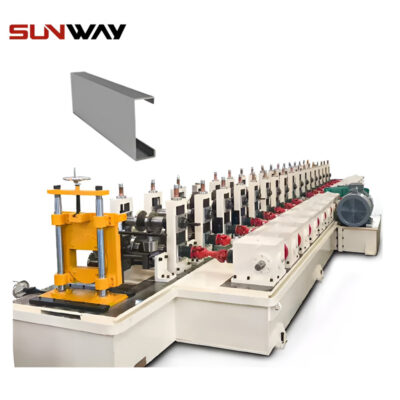 পিভি মাউন্টিং বন্ধনী সি শেপ প্রোফাইল রোল ফর্মিং মেশিন
পিভি মাউন্টিং বন্ধনী সি শেপ প্রোফাইল রোল ফর্মিং মেশিন -
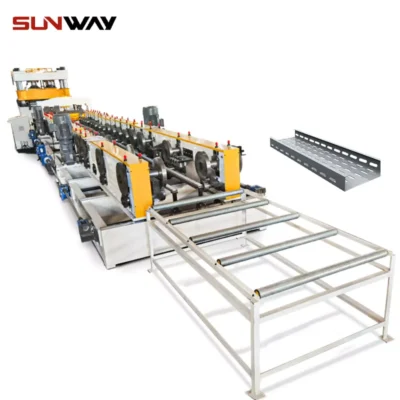 তারের ট্রে রোল ফর্মিং মেশিন
তারের ট্রে রোল ফর্মিং মেশিন -
 পিভি মাউন্টিং ব্র্যাকেট রোল ফর্মিং মেশিন (HAT / ওমেগা প্রোফাইল)
পিভি মাউন্টিং ব্র্যাকেট রোল ফর্মিং মেশিন (HAT / ওমেগা প্রোফাইল) -
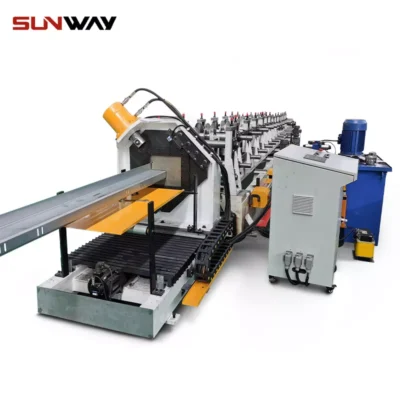 পিভি মাউন্টিং বন্ধনী জেড শেপ প্রোফাইল রোল ফর্মিং মেশিন
পিভি মাউন্টিং বন্ধনী জেড শেপ প্রোফাইল রোল ফর্মিং মেশিন -
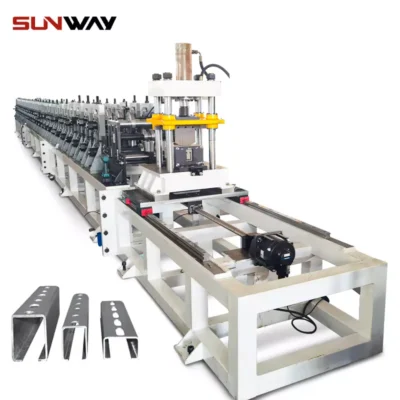 সোলার মাউন্টিং স্ট্রট চ্যানেল রোল তৈরির মেশিন
সোলার মাউন্টিং স্ট্রট চ্যানেল রোল তৈরির মেশিন -
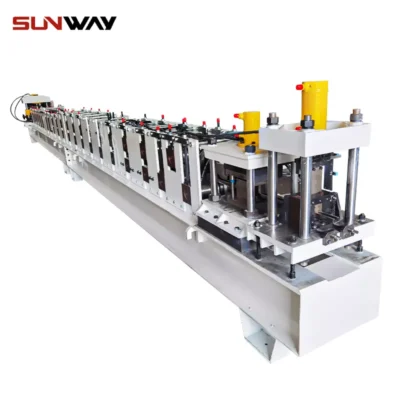 স্ট্রুট চ্যানেল রোল ফর্মিং মেশিন
স্ট্রুট চ্যানেল রোল ফর্মিং মেশিন
Understanding the market dynamics for pricing is critical for businesses that manufacture or sell roller machines. The pricing of roller machines can be affected by various factors such as demand, supply, competition, and production costs. To stay competitive, businesses must be aware of these market dynamics and adjust their pricing strategy accordingly.
Pricing is a critical element of any business strategy, and the roller machine industry is no exception. The right pricing strategy can help a business increase its market share, maximize its profits, and build a strong brand reputation. However, pricing a product too high or too low can lead to lost sales or reduced profits.
Market dynamics such as demand and competition can have a significant impact on pricing. When demand for roller machines is high, manufacturers can charge a premium price for their products. Similarly, when competition is high, businesses may need to lower their prices to remain competitive.
Another crucial factor in pricing is production costs. The cost of raw materials, labor, and manufacturing can fluctuate, affecting the final price of the product. Additionally, changes in technology or production processes can also impact production costs.
In summary, understanding market dynamics for pricing is essential for businesses to stay competitive, maximize profits, and build a strong brand reputation. By staying up-to-date with market trends and adjusting their pricing strategy accordingly, businesses can ensure that they are pricing their products appropriately and remaining competitive in the market.
কি ফ্যাক্টর রোলার মেশিনের দাম প্রভাবিত করে?
Type of Machine
The type of machine you select can significantly impact the machine’s price. For example, a multi-roll forming machine capable of producing complex profiles will generally be more expensive than a single-shaft roll forming machine that can only produce simple shapes.
Size and capacity

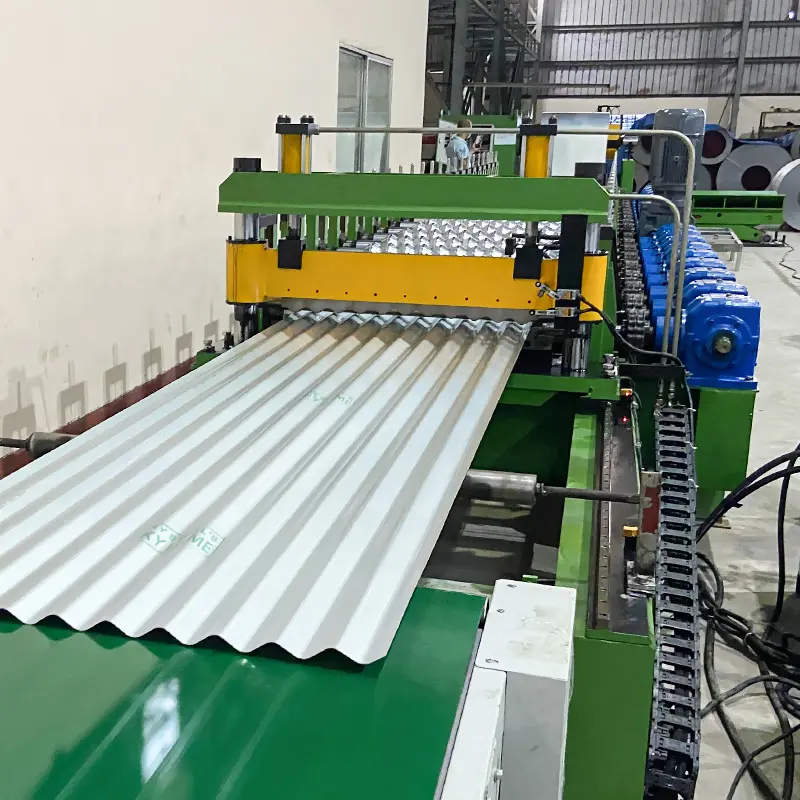
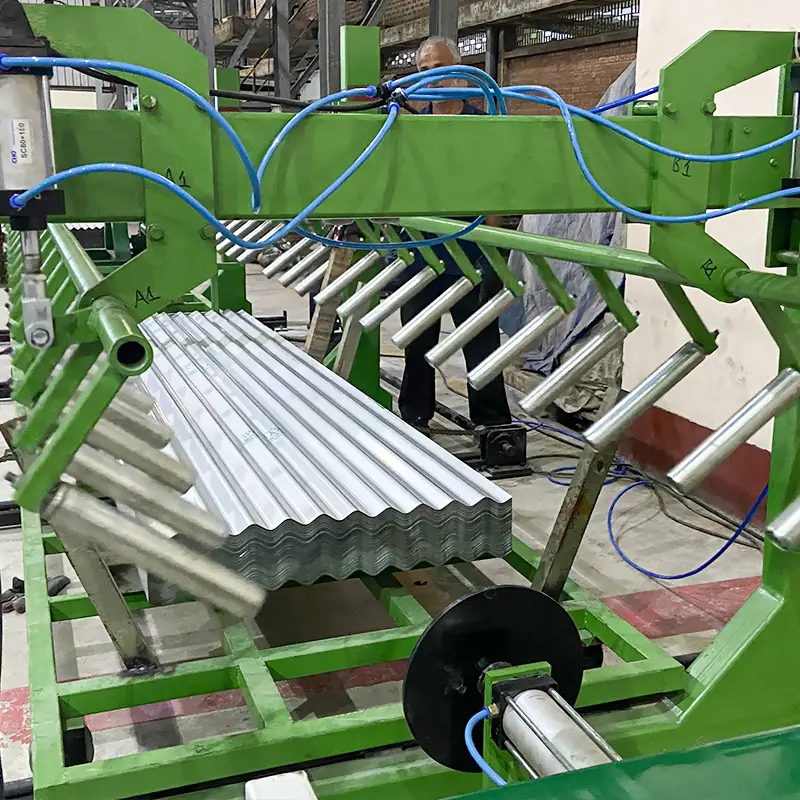
The size and capacity of a roller machine are key factors that can significantly impact its price. Larger machines that can handle more materials or thicker materials are likely to cost more than smaller machines due to several reasons:
Manufacturing costs: Larger machines require more materials, resources, and manufacturing processes to build, which can drive up their production costs. For example, a roller machine with more rollers or higher motor power will require more steel, bearings, motors, and other components, which will increase its price.
Features and capabilities: Larger machines usually have more advanced features and capabilities than smaller machines. For example, they may have more precise controls, higher speed, better material handling systems, or more automation, which can improve their efficiency, accuracy, and productivity. However, these advanced features come at a higher cost, as they require more sophisticated engineering and technology.
Application requirements: The size and capacity of a roller machine should match the specific needs and applications of the user. For instance, if you need to handle large sheets of metal or thick materials, you will need a larger machine with enough capacity to accommodate them. However, this may also increase the cost of the machine, as you may need to invest in additional accessories, such as larger rollers or custom-designed frames.
Material quality
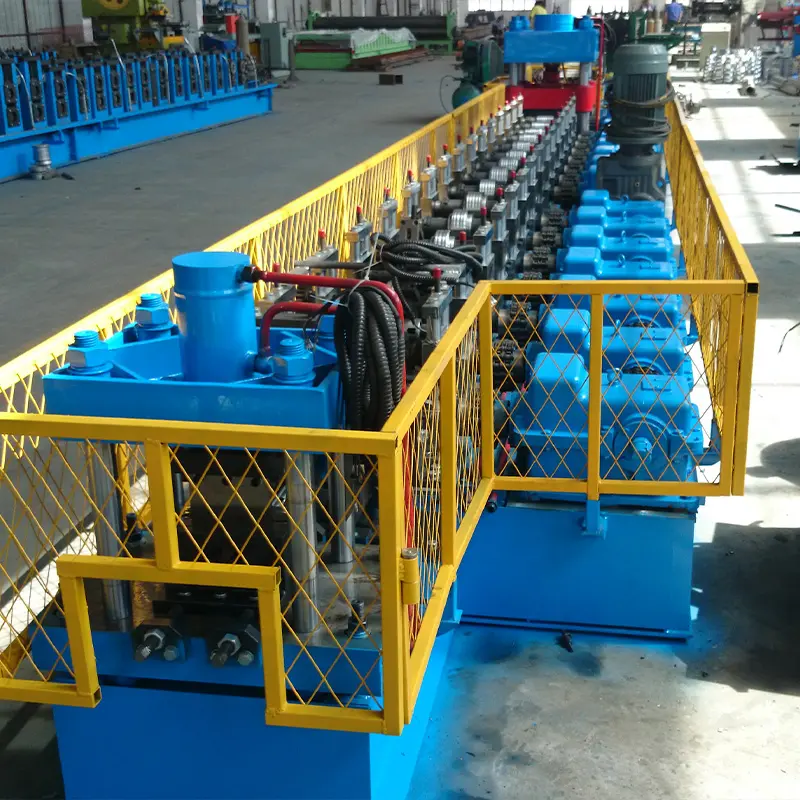
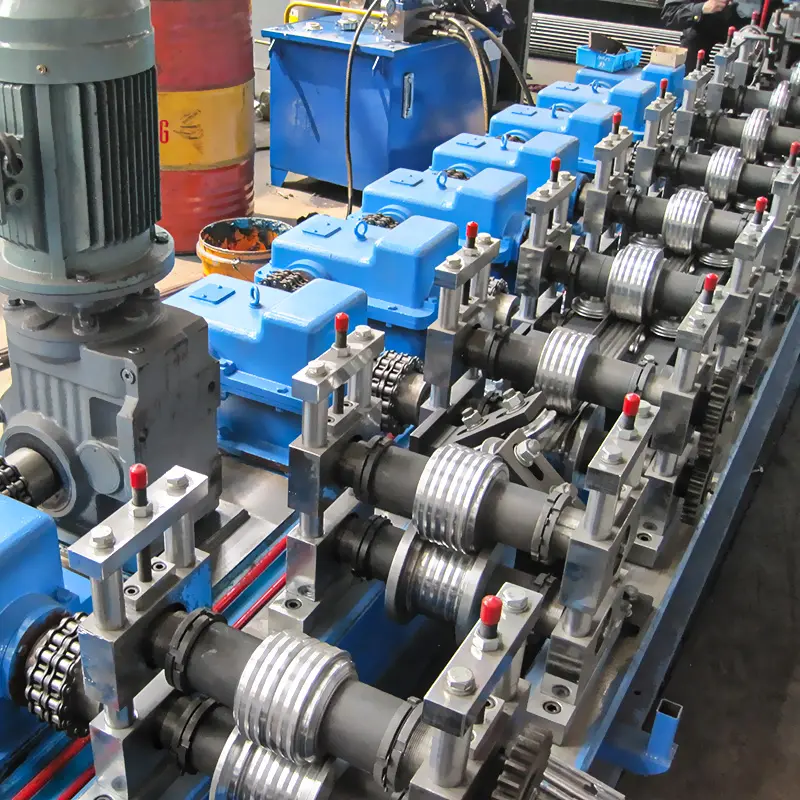
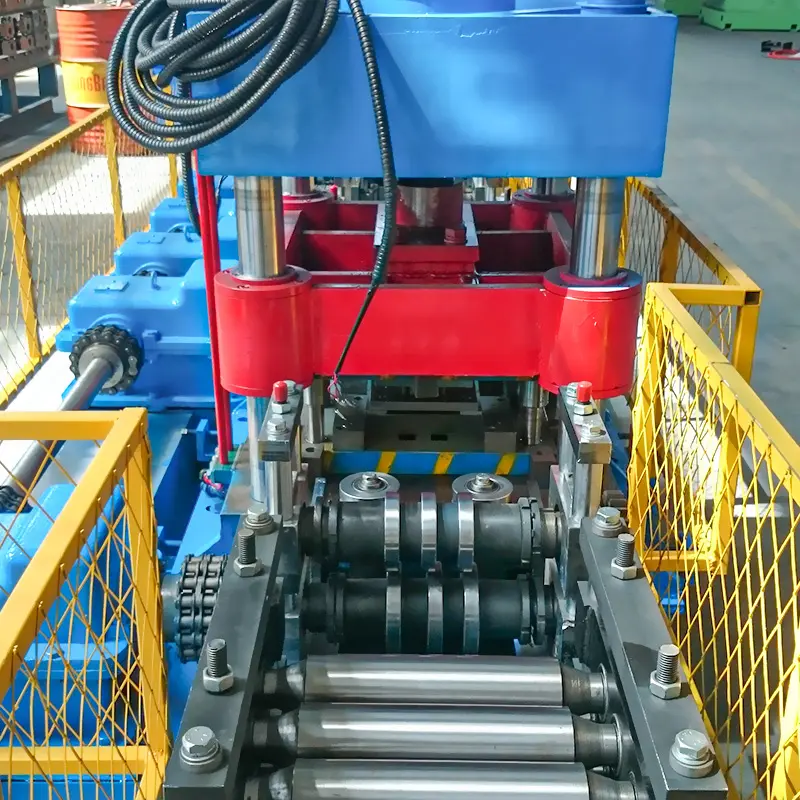
Material quality is an important factor that can affect the price of a roller machine. The quality of the materials used to manufacture a roller machine can have a significant impact on its durability, reliability, and performance. Machines made from high-quality materials are generally more expensive than those made from lower-quality materials.
For example, some roller machines may use cheap, low-grade materials such as plastic or low-quality steel. These materials may be prone to wear and tear, and they may not hold up well under heavy use. On the other hand, high-quality roller machines may use materials such as high-grade steel, aluminum, or other alloys that are stronger, more durable, and better able to withstand the rigors of continuous use.
The quality of the materials used in a roller machine can also affect its precision and accuracy. Machines made from high-quality materials may have tighter tolerances, smoother surfaces, and more precise components, which can lead to more accurate and consistent results. This can be especially important in industries such as manufacturing, where precision and accuracy are critical to producing high-quality products.
In addition to the quality of the materials, the manufacturing processes used to produce the machine can also impact its price. Machines that are manufactured using advanced technologies and processes may be more expensive than those that are made using more traditional methods.
Technological Advancements
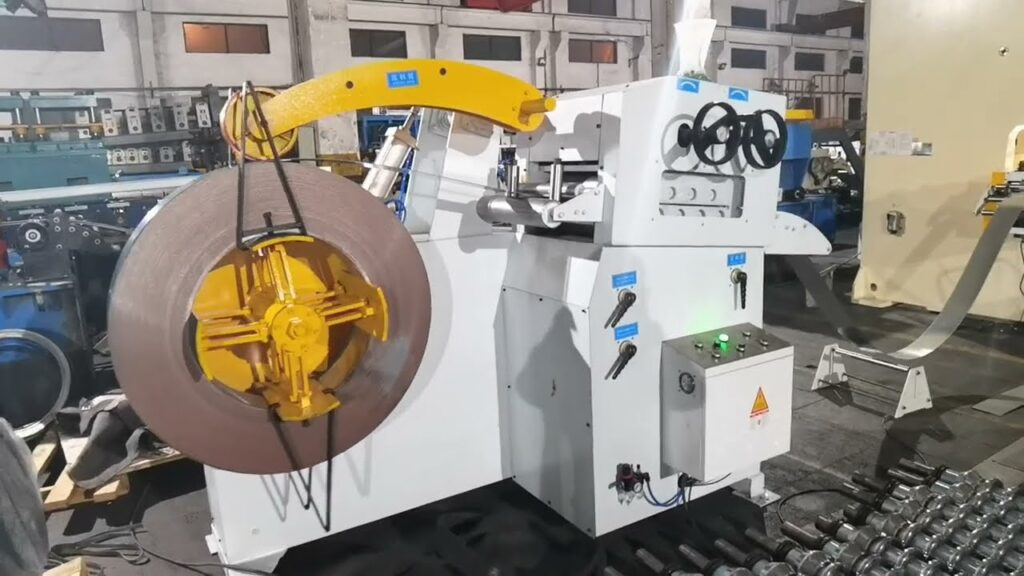
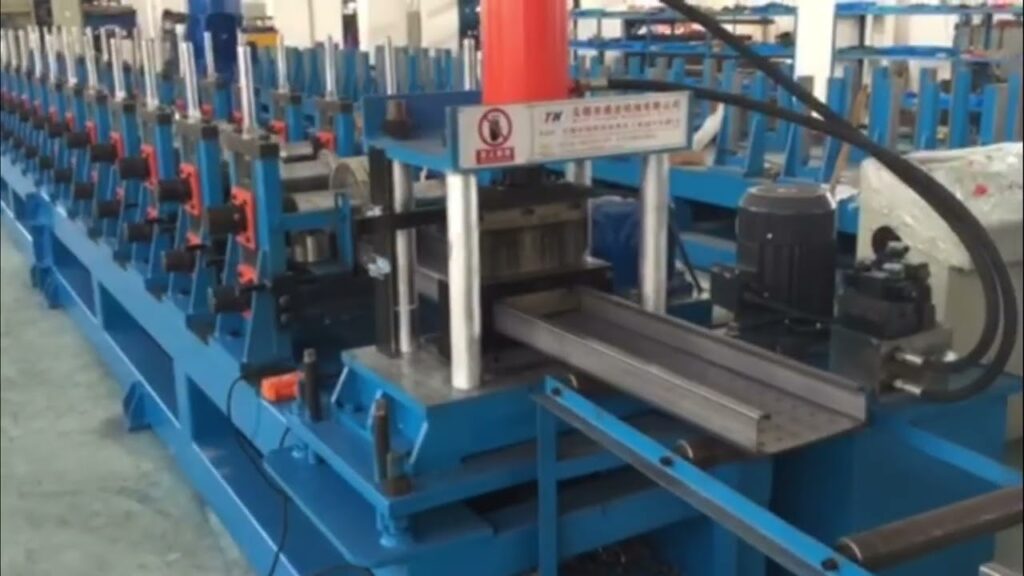
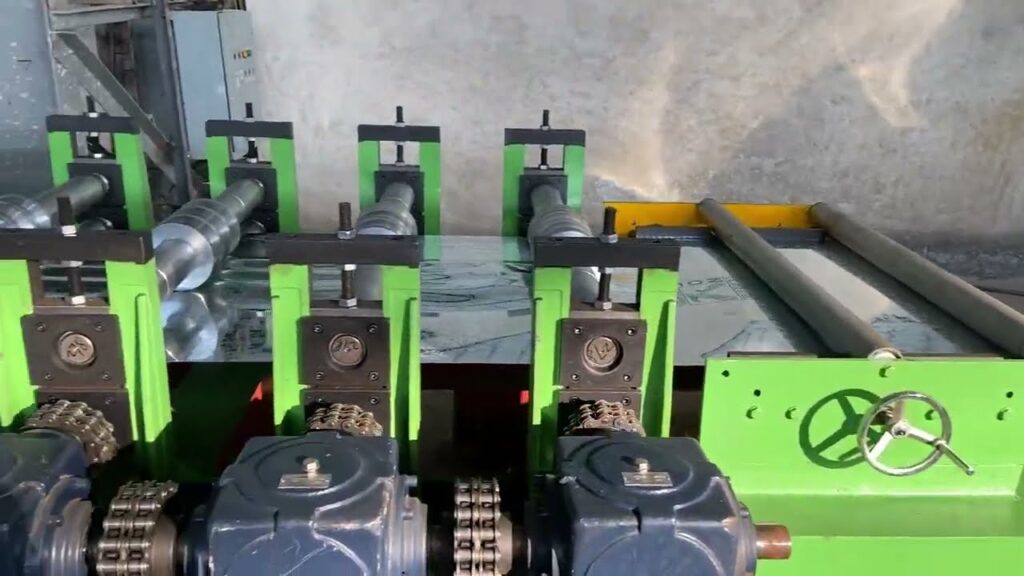
Technological advancements play a significant role in the pricing trends of roller machines. Advancements in automation, control systems, and materials can have a profound impact on the roller machine price, which can ultimately impact the roller machine price.
Advancements in automation: Automation technology is advancing rapidly, and manufacturers are adopting this technology to streamline their production processes. Automated systems can reduce labor costs and increase production efficiency, which can ultimately reduce the cost of production. This reduction in production costs can lead to lower prices for roller machines.
Advancements in control systems: Advancements in control systems, such as computerized numerical control (সিএনসি) systems, can also impact roller machine price. These systems can improve the accuracy and precision of the manufacturing process, which can lead to better quality products. However, the cost of these systems can be high, which can increase the cost of production and, in turn, the price of roller machines.
Advancements in materials: Advancements in materials, such as lightweight alloys, can also impact roller machine price. New materials can be more expensive to produce, which can increase the cost of production. However, these materials may have improved characteristics, such as strength and durability, which can increase the value of the final product.
These technological advancements may impact the trends of roller machine price in the future. As more manufacturers adopt automation technology, the cost of production may decrease, which can lead to lower roller machine price. However, the adoption of advanced control systems may increase production costs, leading to higher prices for these machines.
The use of advanced materials may also impact the cost of roller machines. While these materials may offer improved performance characteristics, they may also increase the cost of production, leading to higher prices.
Brand and reputation
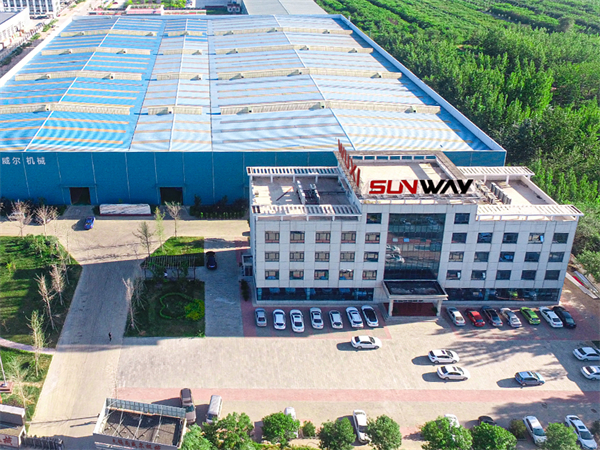
Brand and reputation can significantly impact the price of a roller machine. Established brands with a reputation for quality, reliability, and customer support often charge more for their machines than lesser-known brands or generic models. This is because reputable brands invest in research and development, high-quality materials, advanced manufacturing processes, and rigorous testing and certification to ensure that their machines meet industry standards and customer expectations. Additionally, reputable brands offer warranties, technical support, and spare parts availability to their customers, which can add value and peace of mind to the purchase.
On the other hand, cheaper or generic roller machines may be available at a lower price, but they may not have the same level of quality, performance, and durability as branded machines. These machines may use lower-quality materials, less advanced technology, and less rigorous testing and certification processes, which can lead to higher maintenance costs, downtime, and safety risks. Furthermore, generic machines may not have dedicated customer support or spare parts availability, making it challenging to repair or maintain the machine in case of breakdowns.
Therefore, when choosing a roller machine, it’s essential to consider the brand reputation and customer support, in addition to the price and features. Investing in a reputable brand may cost more upfront, but it can save money and time in the long run by ensuring reliable and efficient performance, minimal downtime, and excellent customer service.
Market demand and competition
The current state of the roller machine market varies by region and industry, but overall, there have been some recent price fluctuations that businesses should be aware of when making purchasing decisions.
One factor that has driven recent price fluctuations is the global COVID-19 pandemic. The pandemic has disrupted supply chains and manufacturing processes, leading to increased production costs and decreased supply. This has resulted in higher machine prices, particularly in regions heavily affected by the pandemic.
Another factor that has influenced recent price fluctuations is market competition. In regions with a high concentration of manufacturers, there is often intense competition, which can lead to lower prices. However, in regions with fewer manufacturers, prices may be higher due to a lack of competition.
Raw material costs also continue to be a significant factor in roller machine prices. The cost of steel, aluminum, and rubber has increased in recent years, which has driven up the cost of manufacturing roller machines. Additionally, supply chain disruptions and trade tensions have contributed to fluctuations in raw material prices, which can impact the price of roller machines.
In the construction industry, there has been a high demand for roller machines due to increased construction activity in many regions. This has driven up prices, particularly in areas experiencing rapid growth and development. In contrast, the agricultural industry has experienced a decrease in demand for the machines, which has led to lower prices in some regions.
Finally, the global economic outlook also affects the machine market. Uncertainty surrounding trade policies, political instability, and the pace of global economic recovery can all impact the price of the machines.
Understanding these factors and how they interact can help businesses make informed decisions about purchasing roller machines.
Roller Machine Price Vs. Quality: Finding The Right Balance
When considering purchasing a roller machine, it is crucial to balance price and quality. While a lower-priced machine may seem like a good value in the short term, it may result in long-term costs if it lacks quality and durability. Here are some reasons why it is important to balance price and quality:
- Durability: A roller machine that is constructed with high-quality materials will be more durable and require less maintenance over time. Investing in a higher-priced machine that lasts longer can ultimately result in lower long-term costs.
- Precision: High-quality roller machines are typically more precise and accurate than lower-priced machines. A machine that produces consistent and precise parts will reduce waste and improve product quality, which can result in cost savings over time.
- Efficiency: Higher-priced machines may have advanced automation features that can increase efficiency and reduce labor costs. A machine that can produce parts more quickly and with less human intervention will ultimately result in lower production costs.
- Long-term Cost Savings: Investing in a higher-priced machine can result in long-term cost savings due to its durability, precision, and efficiency. While a lower-priced machine may seem like a good value in the short term, it may result in higher maintenance costs or the need for replacement sooner than a higher-priced machine.
In conclusion, balancing price and quality when selecting a roller machine is crucial to ensure that you get the best value for your investment. While it may be tempting to select a machine based solely on its price, considering the quality and durability of the machine can ultimately result in long-term cost savings. By investing in a machine that is durable, precise, and efficient, you can streamline your production processes and maximize your return on investment.
Roller Machine Price Trends: What To Expect In The Coming Years
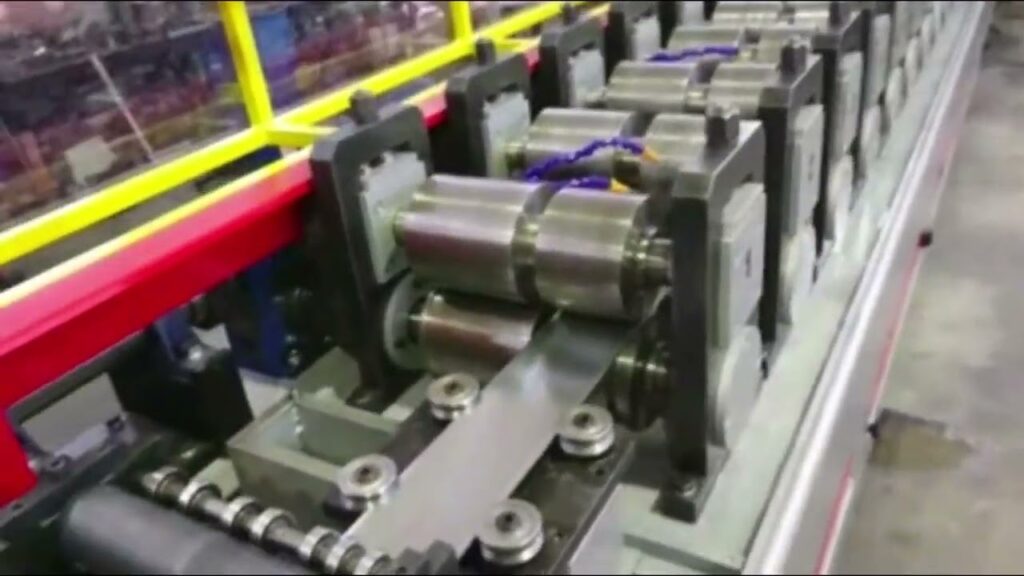
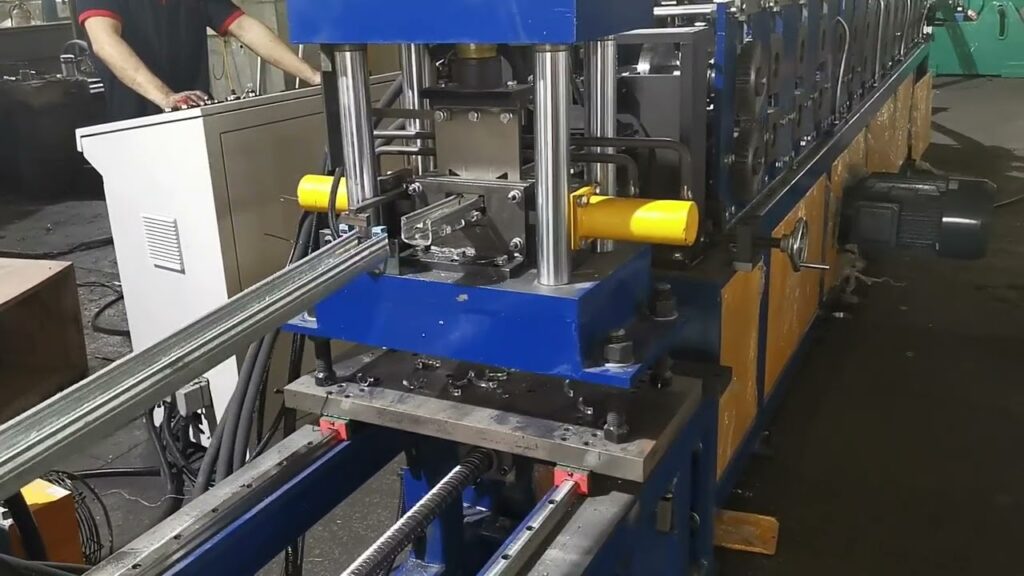

The future outlook for the machine prices is subject to several factors, including global economic conditions, supply and demand, production costs, market competition, and emerging technologies. Here are some potential scenarios and factors that could influence future machine prices:
- Economic recovery: As global economies continue to recover from the impact of the COVID-19 pandemic, demand for the machines may increase, driving up prices. However, the pace of recovery and the potential for future economic disruptions could also impact demand and supply, leading to price fluctuations.
- Raw material costs: The cost of raw materials such as steel, aluminum, and rubber will continue to influence the machine prices. Future fluctuations in raw material prices will impact the production costs of the machines, which in turn will impact their price.
- Technological advancements: Emerging technologies, such as electric-powered roller machines, may offer cost-saving benefits to manufacturers, which could drive down prices. However, the initial investment cost for new technologies could also increase production costs, leading to higher prices in the short term.
- Market competition: As more manufacturers enter the market, competition will likely increase, leading to lower prices. However, in regions with fewer manufacturers, prices may remain high due to limited competition.
- Industry-specific factors: Different industries, such as construction, agriculture, and mining, may experience unique demand patterns that could impact machine prices. For example, increased infrastructure spending could drive up demand for the machines in the construction industry, leading to higher prices.
- Environmental regulations: The increasing focus on environmental sustainability could impact the production costs of the machines, particularly those powered by fossil fuels. This could lead to increased prices for traditional machines and increased demand for environmentally-friendly alternatives, such as electric-powered machines.
Overall, the future outlook for the machine prices is uncertain and subject to many factors. However, businesses can stay informed about emerging trends and market conditions to make informed decisions when purchasing roller machines.
Roller Machine Prices: Where To Find The Best Deals
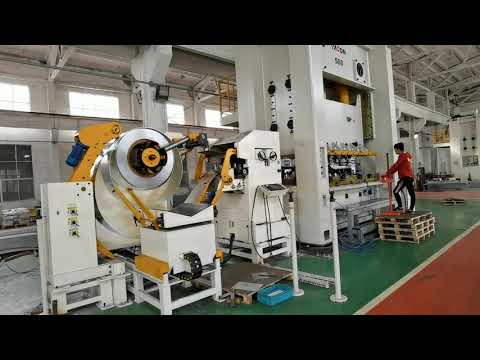
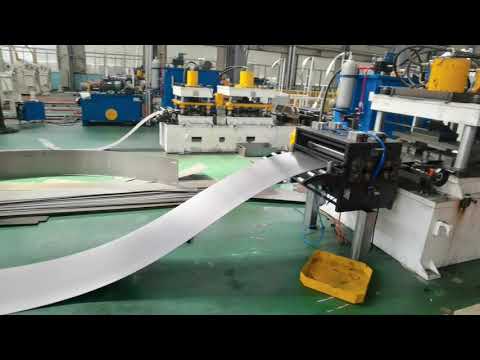
Comparing Roller Machine Prices
When comparing roller machine prices, businesses should consider the following factors:
- Product features: Compare the features offered by each manufacturer or supplier to identify the most suitable roller machine for your needs.
- Price: Compare prices to identify the most affordable options that meet your requirements.
- Warranty: Evaluate the warranty offered by each manufacturer or supplier to ensure you are protected against manufacturing defects.
- After-sales support: Evaluate the quality of after-sales support offered by each provider to ensure you receive the necessary support and assistance after your purchase.
- Delivery time: Compare the delivery times offered by each manufacturer or supplier to ensure that you receive your roller machine when you need it.
By considering these factors when comparing roller machine prices, businesses can make informed decisions about their purchases and find the best deal that meets their requirements.
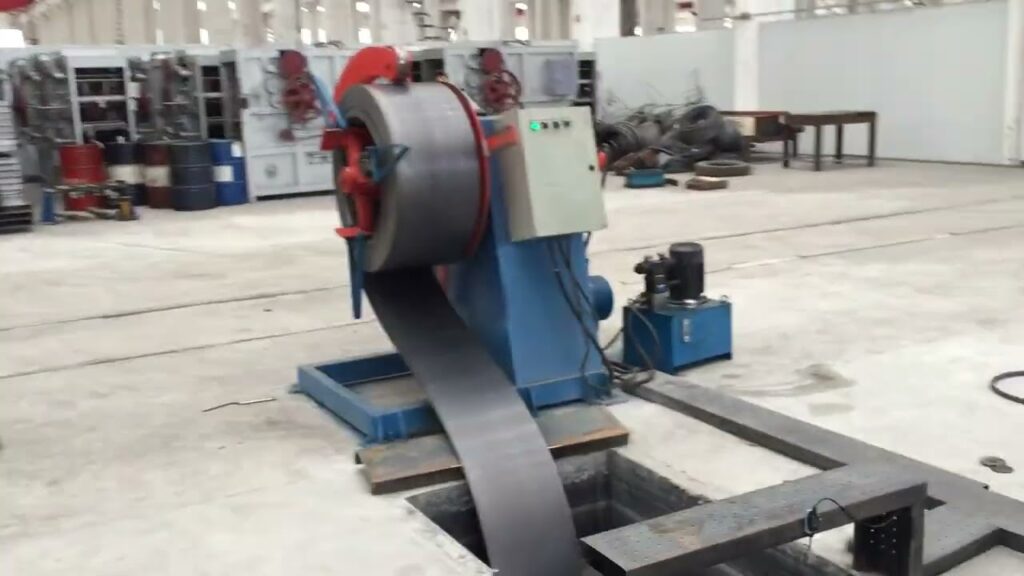
Negotiating Roller Machine Prices
Negotiating roller machine prices with manufacturers and suppliers can be an effective way for businesses to save money and get the best value for their investment. Here are some tips on how to negotiate effectively:
- Understand the market value of the roller machine: Before negotiating, businesses should research the market value of the roller machine they are interested in purchasing. This will give them a better understanding of the fair price for the machine and help them negotiate from a position of strength.
- Set a clear budget: Businesses should set a clear budget before entering negotiations. This will help them stay focused on their financial goals and avoid overspending on unnecessary features.
- Maintain a positive relationship with the supplier: Maintaining a positive relationship with the supplier is essential for successful negotiations. Businesses should communicate their needs clearly and be open to compromise to build trust and maintain a positive relationship.
- Be prepared to walk away: Businesses should be prepared to walk away from negotiations if the supplier is not willing to meet their needs. This will demonstrate their commitment to getting the best deal and may encourage the supplier to offer more favorable terms.
- Bundle purchases: Businesses can often negotiate a better price if they purchase multiple roller machines or other equipment from the same supplier. Bundling purchases can help businesses save money and build stronger relationships with suppliers.
- Evaluate financing options: When negotiating prices, businesses should also consider financing options. They can negotiate financing terms with the supplier to lower the initial cost of purchasing the roller machine.
Negotiating roller machine prices can be challenging, but by following these tips, businesses can negotiate effectively and save money on their purchases.
Financing Options For Purchasing Roller Machines
When it comes to financing the purchase of roller machines, businesses have several options to choose from. Here are some of the most common financing options and their pros and cons:
- Leasing: Leasing allows businesses to rent roller machines for a specific period, typically 12-36 months. At the end of the lease term, the business can choose to return the equipment, extend the lease, or purchase the machine at a reduced price. Pros of leasing include lower upfront costs, tax benefits, and the ability to upgrade equipment regularly. Cons include higher overall costs due to interest payments and the fact that the business does not own the equipment at the end of the lease term.
- Installment plans: Installment plans allow businesses to pay for the roller machine over time, typically with interest. Payments are spread out over a set period, typically 12-60 months. Pros of installment plans include the ability to spread out payments over time, and the fact that the business owns the equipment once payments are complete. Cons include higher overall costs due to interest payments and the fact that the business is responsible for maintenance and repairs.
- Loans: Business loans allow businesses to borrow a specific amount of money to purchase the roller machine. The loan is paid back over time, typically with interest. Pros of loans include the ability to purchase equipment outright, the fact that the business owns the equipment, and the potential for tax benefits. Cons include higher overall costs due to interest payments, and the need for collateral and a good credit score to qualify for the loan.
By considering these options, businesses can choose the financing option that best fits their needs and budget when purchasing roller machines.




